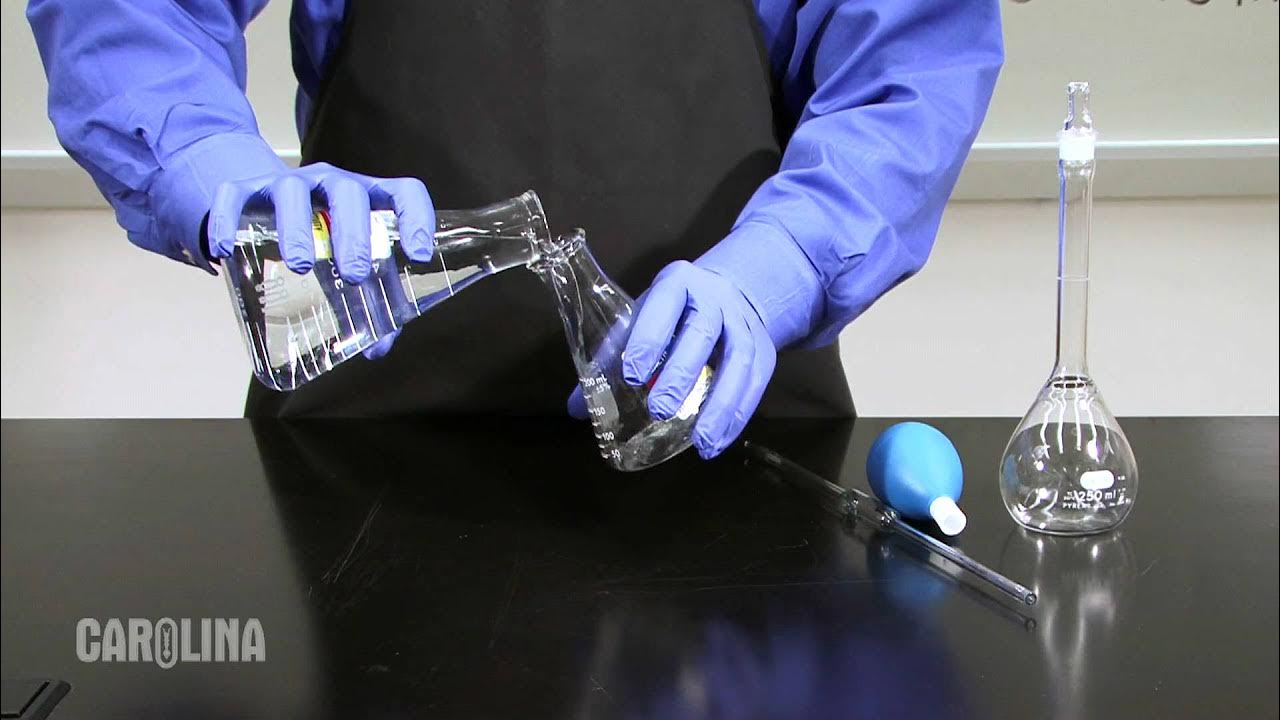Photography Tutorial - Aperture and F Stops Explained
Summary
TLDRIn this instructional video, Jared Poland from nophoto.com guides viewers through a practical exercise to understand the impact of different apertures on photography. Using Kermit the Frog as a subject, Jared demonstrates the effect of apertures ranging from F1.4 to F16 on depth of field and background blur, or bokeh. He encourages viewers to experiment with their own cameras in aperture priority mode, regardless of the lens, to observe how f-stops influence sharpness and focus. The video concludes with a visual comparison of the images captured at each aperture setting, emphasizing the learning opportunity in understanding camera settings.
Takeaways
- 📷 The video is a tutorial by Jared Poland from nophoto.com, focusing on demonstrating the effects of different apertures in photography.
- 🐸 The subject of the demonstration is Kermit the Frog, used to illustrate how aperture affects the depth of field in images.
- 🔍 The demonstration starts at an aperture of 1.4 and goes up to 22, showcasing the changes in background blur and focus as the aperture increases.
- 🔧 The Nikon D3s camera with a 50mm lens is used for the tutorial, but Jared emphasizes that the exercise can be done with any camera or lens.
- ⚙️ Viewers are encouraged to set their camera to aperture priority mode to see how the camera adjusts shutter speed with different f-stops.
- 🌞 ISO is mentioned as an important setting, with Jared suggesting a starting point of 400 for the exercise.
- 👀 Focusing is crucial, and Jared advises focusing on the subject's eye for the best results.
- 🌿 As the aperture increases, the background becomes more recognizable and less blurred, which is visually demonstrated in the video.
- 📚 The tutorial is meant to give photographers a better understanding of how aperture affects their images, helping them make more informed decisions when shooting.
- 🏞️ The exercise is recommended to be done in various environments to see the effect of aperture in different lighting conditions and backgrounds.
- 📝 Jared concludes by encouraging viewers to practice this exercise to gain a hands-on understanding of aperture and its impact on photography.
Q & A
What is the main purpose of the video?
-The main purpose of the video is to demonstrate the effects of different apertures on the depth of field and background blur (bokeh) when taking photographs.
Who is the subject of the video?
-The subject of the video is Mr. Kermit the Frog, who is being used to illustrate the effects of various aperture settings.
What is the range of apertures that will be demonstrated in the video?
-The video will demonstrate apertures starting from 1.4 and going up to 22, with the 51.4 lens only going up to F16.
What camera and lens is Jared Poland using in the video?
-Jared Poland is using a Nikon D3s camera with a 51.4 lens in the video.
What camera setting is recommended for this exercise?
-Aperture priority mode is recommended for this exercise, as it allows the camera to automatically adjust the shutter speed while the user changes the f-stops.
What should the viewer focus on while changing the aperture settings?
-The viewer should focus on the subject's eye, in this case, Kermit the Frog's eye, to see how the depth of field changes with different aperture settings.
Why is the ISO set to 400 in the video?
-The ISO is set to 400 to provide a starting point for the exercise, though it may be adjusted based on the lighting conditions of the shooting environment.
What does the term 'bokeh' refer to in photography?
-Bokeh refers to the aesthetic quality of the blur in the out-of-focus areas of an image, especially in the background.
How does the background change as the aperture increases from 1.4 to F16?
-As the aperture increases, the depth of field becomes larger, resulting in a more recognizable and less blurred background.
What effect does changing the f-stop have on the shutter speed?
-As the f-stop increases (the aperture gets smaller), the shutter speed decreases, allowing less light into the camera for each exposure.
What is the final message from Jared Poland to the viewers?
-Jared Poland encourages viewers to go outside and experiment with different apertures on their own cameras to understand the effects on depth of field and background blur.
Outlines

This section is available to paid users only. Please upgrade to access this part.
Upgrade NowMindmap

This section is available to paid users only. Please upgrade to access this part.
Upgrade NowKeywords

This section is available to paid users only. Please upgrade to access this part.
Upgrade NowHighlights

This section is available to paid users only. Please upgrade to access this part.
Upgrade NowTranscripts

This section is available to paid users only. Please upgrade to access this part.
Upgrade NowBrowse More Related Video
5.0 / 5 (0 votes)





